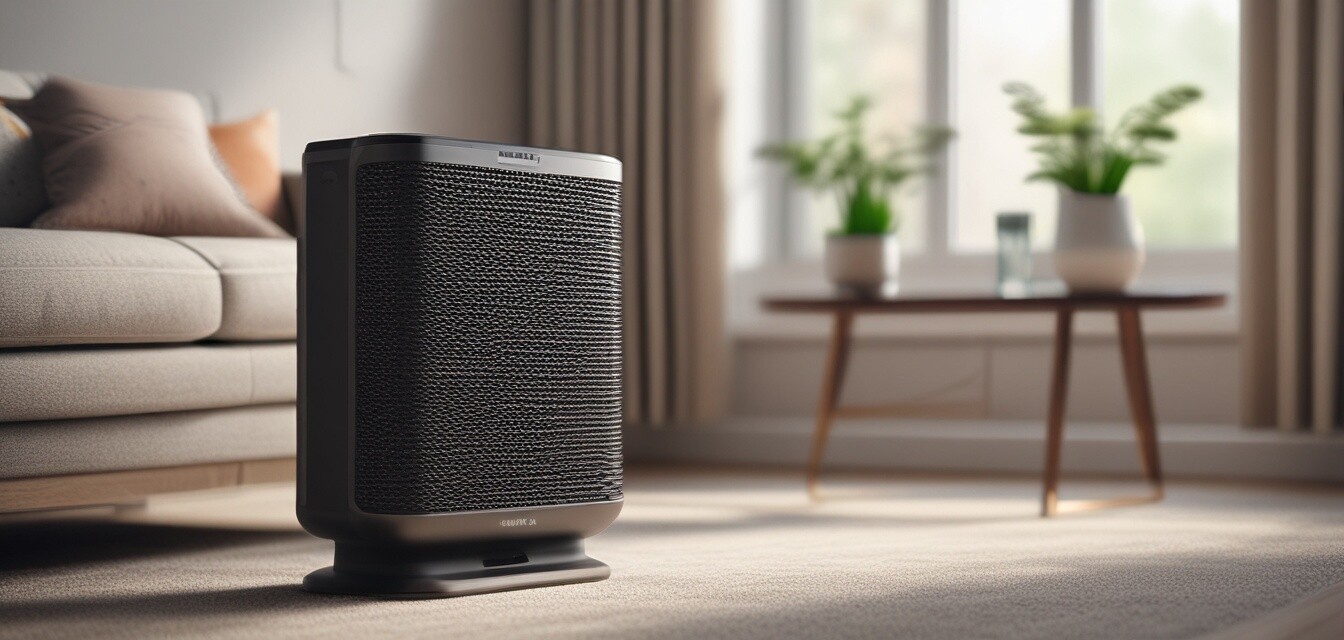
Emerging Technologies in Air Purifiers: What to Expect in 2025
Key Takeaways
- Air purifier technologies are evolving rapidly, with a focus on smart integration and user convenience.
- IoT and AI are transforming how air purifiers operate, providing real-time feedback and remote control capabilities.
- Sustainability is becoming a priority, leading to more eco-friendly materials and energy-efficient designs.
- Health monitoring features are expected to grow, offering insights into air quality levels.
- The market is seeing the rise of hybrid technologies combining multiple purification methods.
As we approach 2025, the air purifier industry is on the brink of significant advancements. These innovations are not just about improving air quality; they also embrace convenience, connectivity, and sustainability. In this article, we explore the emerging technologies that are reshaping air purifiers and what consumers can expect in the near future.
1. Smart Air Purifiers: Connectivity at Its Best
The incorporation of smart technology into air purifiers allows users to control and monitor their devices via smartphones. Smart air purifiers offer users a seamless experience with features like:
- Remote operation through mobile apps
- Real-time air quality monitoring
- Automatic adjustments based on detected pollutants
By integrating with other smart home devices, these purifiers will create a holistic approach to indoor air quality. For more information on smart air purifiers, check our dedicated section.
2. Internet of Things (IoT) Integration
As IoT technology evolves, expect air purifiers to interact with your other smart home devices. This innovative integration means:
- Air purifiers communicating with HVAC systems for optimized air distribution
- Integration with weather apps to adjust settings based on outdoor air quality
- Remote health alerts and updates on air quality through smart speakers
Check out our buying guides for insights on choosing IoT-compatible models.
3. Enhanced Filtration Technologies
Future air purifiers are likely to employ advanced filtration technologies. Here’s what we can look forward to:
| Filtration Technology | Description |
|---|---|
| HEPA Filters | High-efficiency particulate air filters that capture 99.97% of particles 0.3 microns or larger. |
| Activated Carbon | Removes odors and harmful gases, contributing to a fresher indoor atmosphere. |
| UV-C Light | Eliminates bacteria and viruses, ensuring a healthier environment. |
| Hybrid Filters | Combines different filtration methods for enhanced air quality improvements. |
For a comprehensive look at various types of air purifiers, visit our collection here.
4. Sustainability and Energy Efficiency
As more consumers prioritize eco-friendly choices, expect air purifiers to develop with sustainable materials and energy-efficient designs:
- Filters made from recyclable materials
- Energy Star certified models that consume less power
- Durable products designed for longevity, reducing waste
5. Advanced Health Monitoring Features
Emerging air purifiers will likely come equipped with health monitoring capabilities that may include:
- Real-time notifications about air quality levels
- Analytics on indoor air quality trends over time
- Suggestions for improving air quality based on data collected
Stay informed about how these advancements could impact your air quality by visiting our News and Trends section.
Conclusion
The air purifier market is heading towards a future brimming with innovation and advanced technology. By embracing smart features, sustainability, and unique filtration methods, air purifiers will play an increasingly vital role in maintaining healthy indoor environments. As we move towards 2025, staying abreast of these trends is crucial for making informed purchasing decisions. The advances on the horizon promise a cleaner, smarter, and more health-conscious future for all.
Pros
- Improved air quality through advanced filtration
- Convenient smart technology integration
- Enhanced sustainability practices in production
- Real-time monitoring for better health awareness
Cons
- Initial cost may be higher for advanced models
- Some features may require constant updates
- Dependence on connectivity may pose issues

